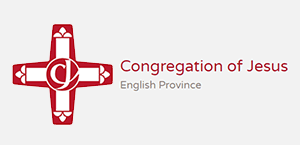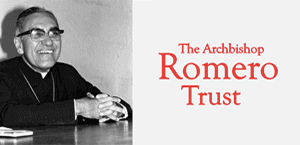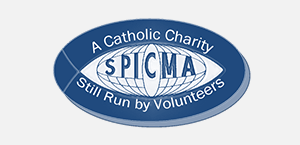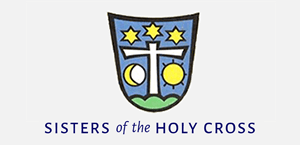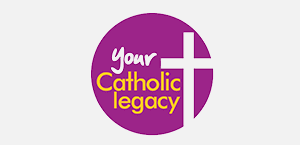Gospel in Art: Wednesday of Holy Week - Judas Iscariot, went to the chief priests to betray Jesus
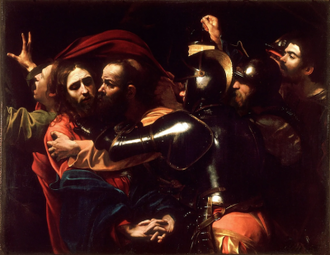
The Taking of Christ, by Caravaggio,1602 © National Gallery of Ireland, Dublin
Source: Christian Art
Gospel of 5 April 2023
Matthew 26:14-25
One of the Twelve, the man called Judas Iscariot, went to the chief priests and said, 'What are you prepared to give me if I hand him over to you?' They paid him thirty silver pieces, and from that moment he looked for an opportunity to betray him.
Now on the first day of Unleavened Bread the disciples came to Jesus to say, 'Where do you want us to make the preparations for you to eat the passover?' 'Go to so-and-so in the city' he replied 'and say to him, "The Master says: My time is near. It is at your house that I am keeping Passover with my disciples."' The disciples did what Jesus told them and prepared the Passover.
When evening came he was at table with the twelve disciples. And while they were eating he said 'I tell you solemnly, one of you is about to betray me.' They were greatly distressed and started asking him in turn, 'Not I, Lord, surely?' He answered, 'Someone who has dipped his hand into the dish with me, will betray me. The Son of Man is going to his fate, as the scriptures say he will, but alas for that man by whom the Son of Man is betrayed! Better for that man if he had never been born!' Judas, who was to betray him; asked in his turn, 'Not I, Rabbi, surely?' 'They are your own words' answered Jesus.
Reflection on the painting
Our reading tells us of how Judas Iscariot plotted to betray Christ. A very painful truth. The greatest damage was done to Jesus by his own inner circle, by someone who had received so much from him. We shall never know what really motivated Judas' betrayal. Our Gospel suggests that money might have been a factor, but I would imagine it was about much more thank that: jealousy, ambition....
Today's story of Judas reminds us that we are all capable of betraying Jesus. We betray him each time that we fail to recognise him in each other! We betray him each time we are unkind to each other and don't love one another.
Our almost cinematic-like painting by Caravaggio vividly captures the moment Judas betrays Jesus with a kiss, and the arrest immediately follows. There are seven figures in the painting: from left to right they are John, Jesus, Judas Iscariot, three soldiers (the one farthest to the right is barely visible in the rear), and a man holding a lantern to light the scene (believed to be a self-portrait of Caravaggio). Judas has just kissed Jesus to identify him for the soldiers. Jesus pulls away in hurt and disappointment. His expression is magnificent: he knew this would happen, yet as it happens he cannot fail to express his deep disappointment in his disciple. On the far left we see Saint John fleeing. His arms are raised, his mouth is open in a gasp, his red cloak is flying and being snatched back by a soldier. The flight of the terrified John contrasts with the other figures.
But it is the arresting officer's highly polished, metal-clad arm which is at the very centre of our painting. It was meant by the artist to serve as a mirror... a mirror of self-reflection and examination of conscience. The artist may be inviting us, the viewers, to see ourselves reflected in the behaviour of Judas and the soldiers, through our own daily acts of betrayal of Jesus…
LINKS
Gospel in Art: https://christian.art/
Today's reflection: https://christian.art/daily-gospel-reading/matthew-26-14-25-2023/




![Engraving by Lucas Cranach the Elder, From The Martyrdom of the Twelve Apostles [Holl. 53-64], © National Gallery of Art, Washington](https://cdn.indcatholicnews.com/articles/174717576698xBGJDXgWR7uKOpn0yf3QoY16sICb.png?width=330&aspect_ratio=3:2)




